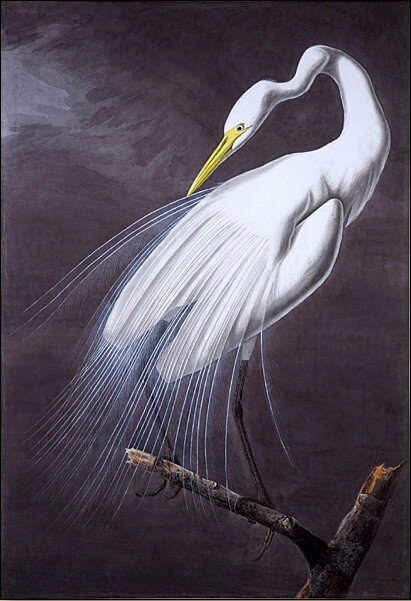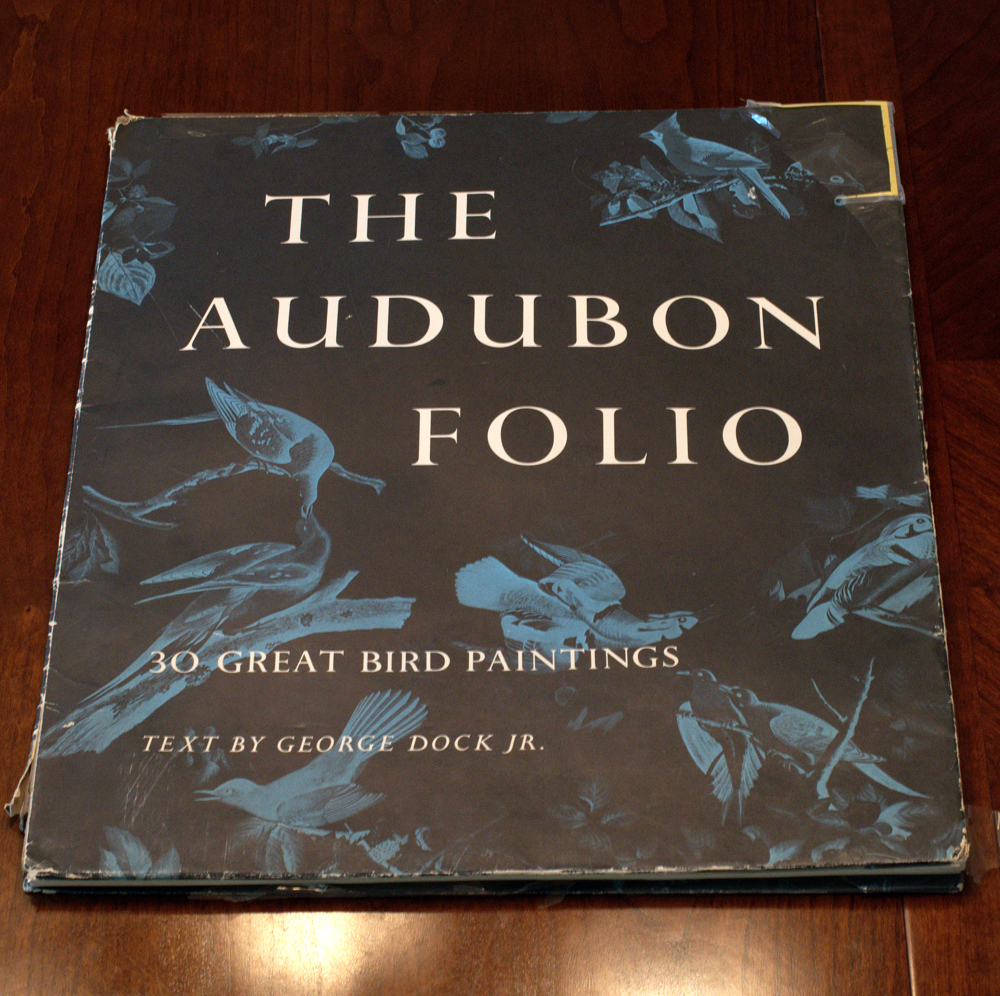From an overview of the exhibit in the New York Times:
And in New Orleans in 1821, while trying to earn cash through mundane human portraiture, he was asked by a beautiful woman to paint her nude. Shy, tempted and embarrassed, he wrote to his wife that he backed away (albeit temporarily) and “felt like a bird that makes his escape from a strong cage filled with sweetmeats.”Even Audubon's biography dramatizes how closely the lives of so many in the 18th century and the first half of the nineteenth were touched by slavery, in one way or another.
Audubon (1785-1851) may have even felt a kinship in his migrations, flying, as a child in Haiti, from an imminent slave rebellion, then flying from the French Revolution to the United States when his father thought France was becoming unsafe.
As an example, here is my response elsewhere to a comment on my blog entry on the film Monk, made from Monk Lewis's infamous Gothic novel, that the commentator was more familiar with Lewis as the author of Journal of a West-Indian Proprietor his account of his visit to his estate in western Jamaica:
Journal of a West-Indian Proprietor was early reading in these matters (it exists currently on my hard drive and the dox backed up on my cloud storage), with my background in the novel and its history. Along with the legacy of C. Bronte's Jane Eyre from her uncle who exported wine to the west Indies and the background of the west Indies plantation in Austen's Mansfield Park, the connection of Caribbean slavery to the individuals of all classes all over over Britain had already emerged for me as an undergrad. Which was a puzzlement, as I recall, to my Vic Lit profs. They didn't see why this should matter in my thinking about the books.
I've been paging through a 19th century book that is a history of Liverpool in the last quarter of the 18th century written by one of its proud citizens. This book isn't a history of Liverpool's slave trade, but there is a very long chapter devoted to it, that includes tables of all kinds of tables of hard statistical information, of from where, to where, how many, costs and so on. As the book's other sections trace details of the families of all classes, their businesses, their public life and so on, there is a much more of a picture of a city living on slavery than the author of the book would realize, or, perhaps, more to the point, think remarkable.
It's unsettling for us, particularly women, to consider that Jane Eyre is set free to live, really live, as she chooses, by circumstances connected with slavery. These circumstances converge from two points: her uncle's legacy serving the West Indies' slave owners, and by Rochester's wife, daughter of a West Indian slave owner, whose own dowry allows Rochester to live so well, who, it is strongly suggested, has some African ancestry, burning down the house with herself in it.



No comments:
Post a Comment